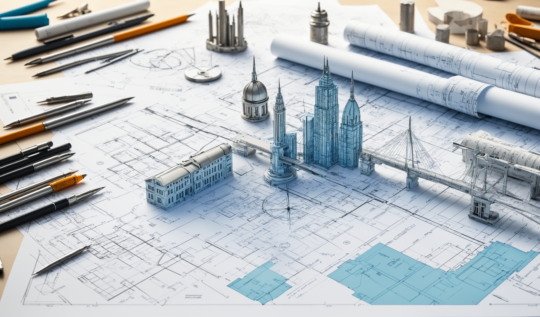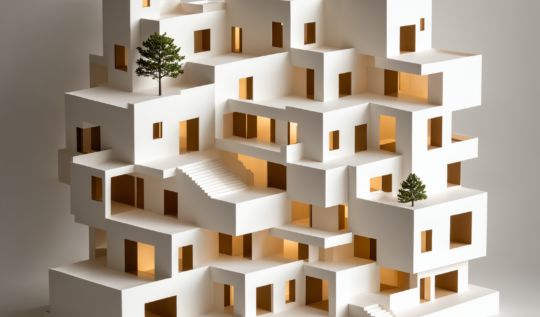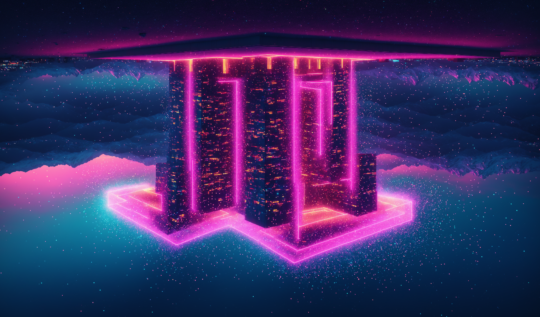How VR is Revolutionizing Architectural Client Presentations
In today’s tech-savvy world, Virtual Reality (VR) is more than just a buzzword—it’s transforming the way architects present their designs and how clients experience these projects before they are built. This innovation allows for immersive experiences that enhance client understanding, streamline decision-making, and ensure that the final result aligns perfectly with the client’s vision. Let’s explore how VR can elevate your architectural projects.
Immersive and Interactive Presentations
Traditional blueprints and 3D models have long been the cornerstone of architectural presentations. However, they often require clients to visualize a space using their imagination. With VR, clients can virtually walk through their future building, exploring spaces just as they would in real life. This immersive experience allows them to grasp the scale, flow, and functionality of the design effortlessly.
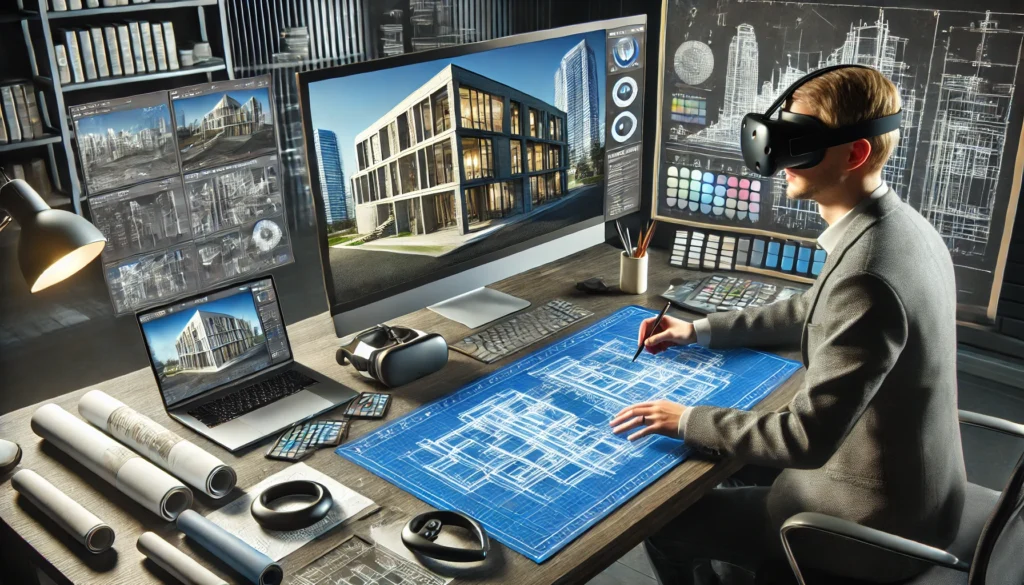
Realistic Visualizations
VR provides architects with the ability to create highly realistic visualizations. Using advanced rendering software like Unreal Engine, these virtual environments can be brought to life with astonishing detail, from the texture of materials to the play of light and shadow. This realism helps clients better understand the proposed designs, reducing the guesswork and helping to align expectations more accurately.
Enhanced Decision-Making
One of the significant advantages of VR in architectural design is its ability to facilitate better decision-making. Clients can experience the design in a virtual space, allowing them to identify any potential issues or dislikes early in the process. This proactive approach can save time and costs associated with making changes during or after construction. Moreover, VR can show different design options or configurations, enabling clients to make informed choices based on their virtual experience.
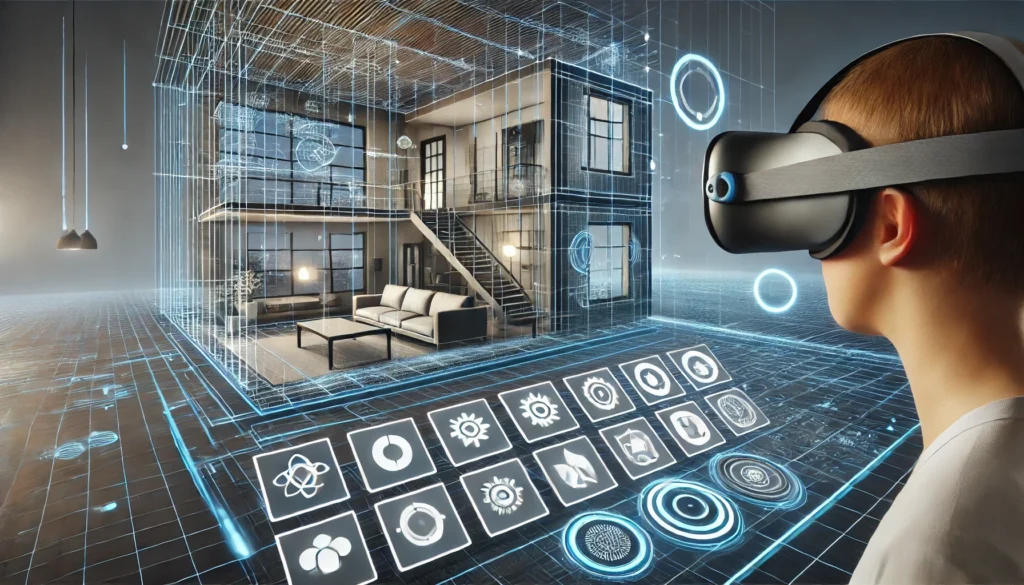
Improving Client Communication
Communication is key in any project, and VR takes it to the next level. It eliminates the abstract nature of architectural plans, offering clients a concrete visualization of their project. This clarity ensures that there are no surprises later on, fostering trust and collaboration between architects and clients.
The Role of Technology in VR Implementations
At Unite Architecture and Beyond, we harness the power of Unreal Engine to create stunningly realistic VR environments. This technology not only enhances our design presentations but also helps our clients feel confident in their decisions. By integrating VR into our workflow, we bridge the gap between design intention and client expectations, ensuring that the final outcome truly resonates with their vision.
Conclusion
As the architectural landscape continues to evolve, embracing VR can set your firm apart. It offers a powerful tool for client engagement, bringing designs to life in ways that traditional methods cannot match. Interested in exploring how VR can benefit your next project? Contact us at david@uniteideas.com to schedule a presentation and experience the future of architectural visualization firsthand.
Want to Discuss Your Next Project?
We’d love to hear from you! Whether you have questions, need advice, or are ready to start planning, our team is here to help. Fill out the form below, and let’s start a conversation about bringing your vision to life.

